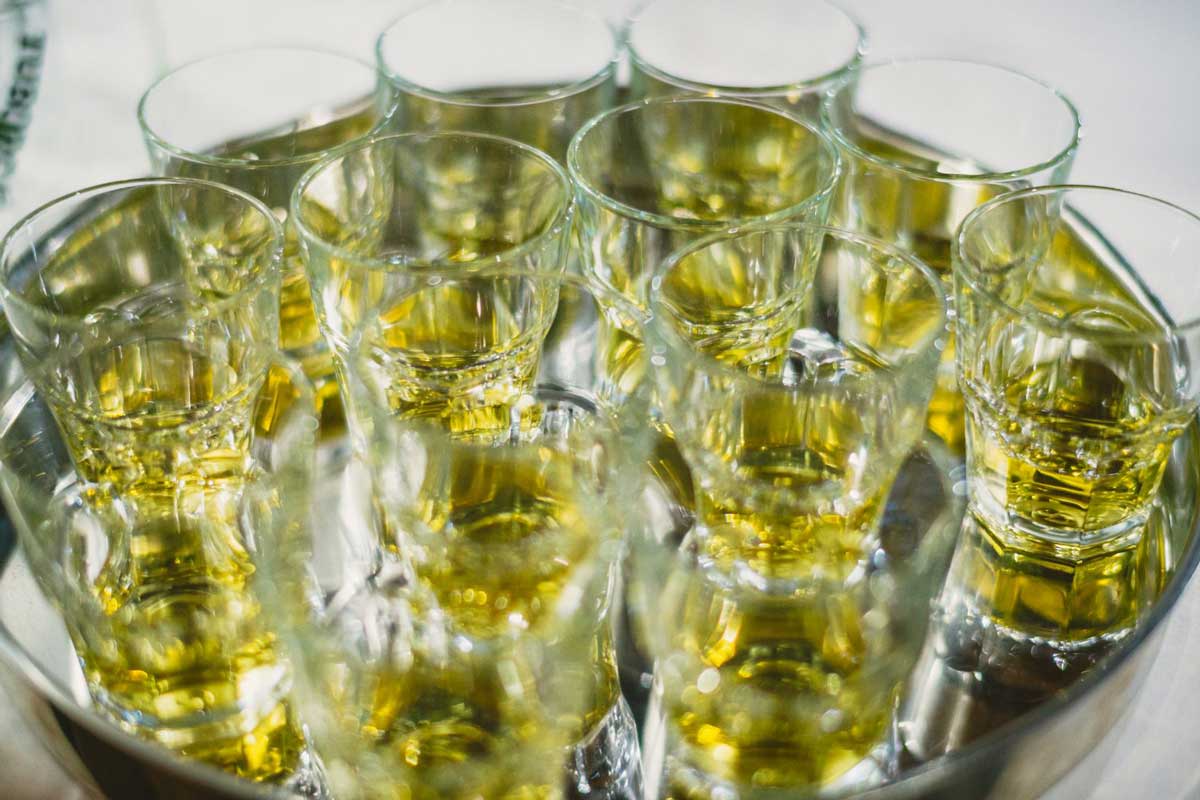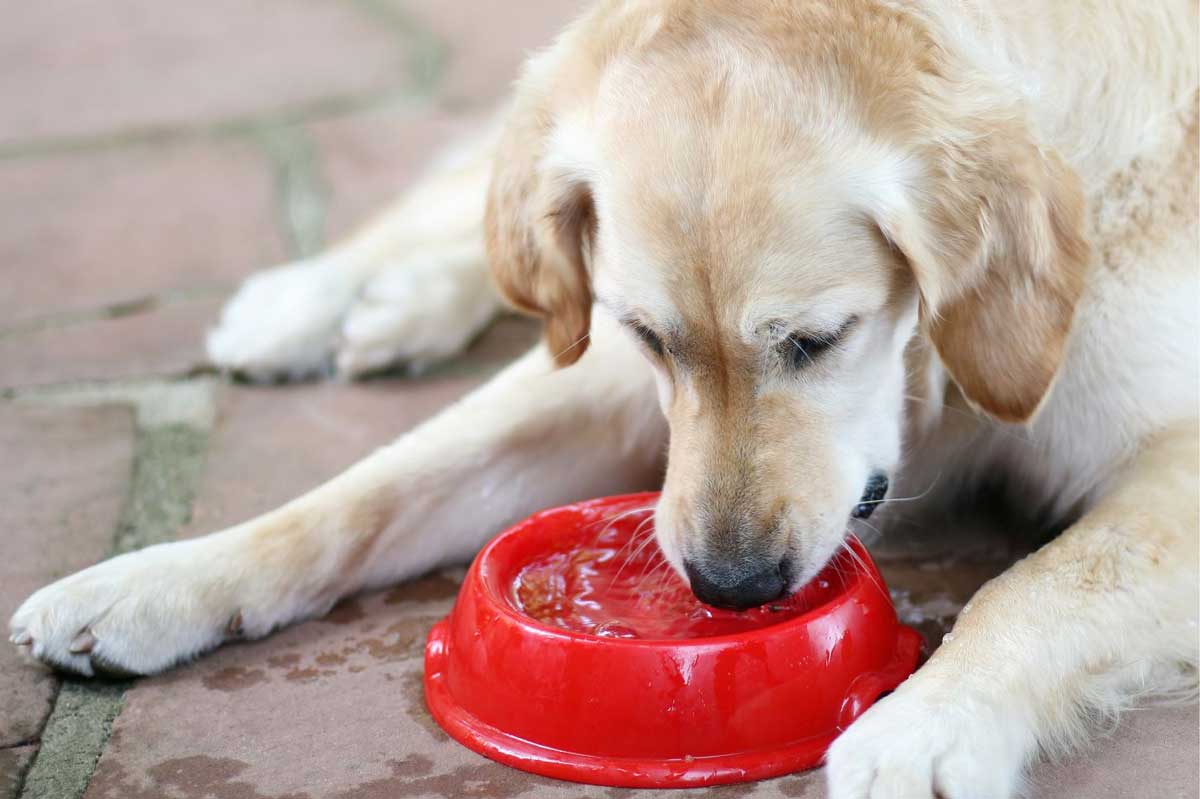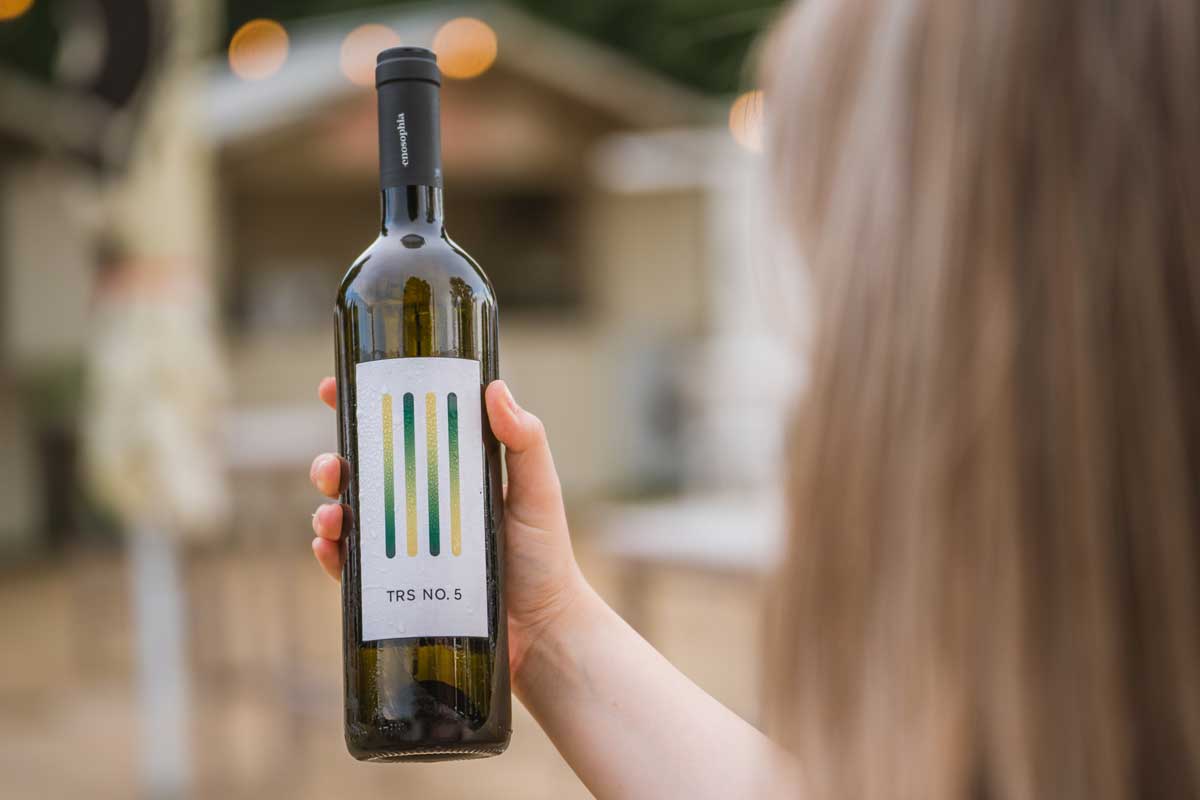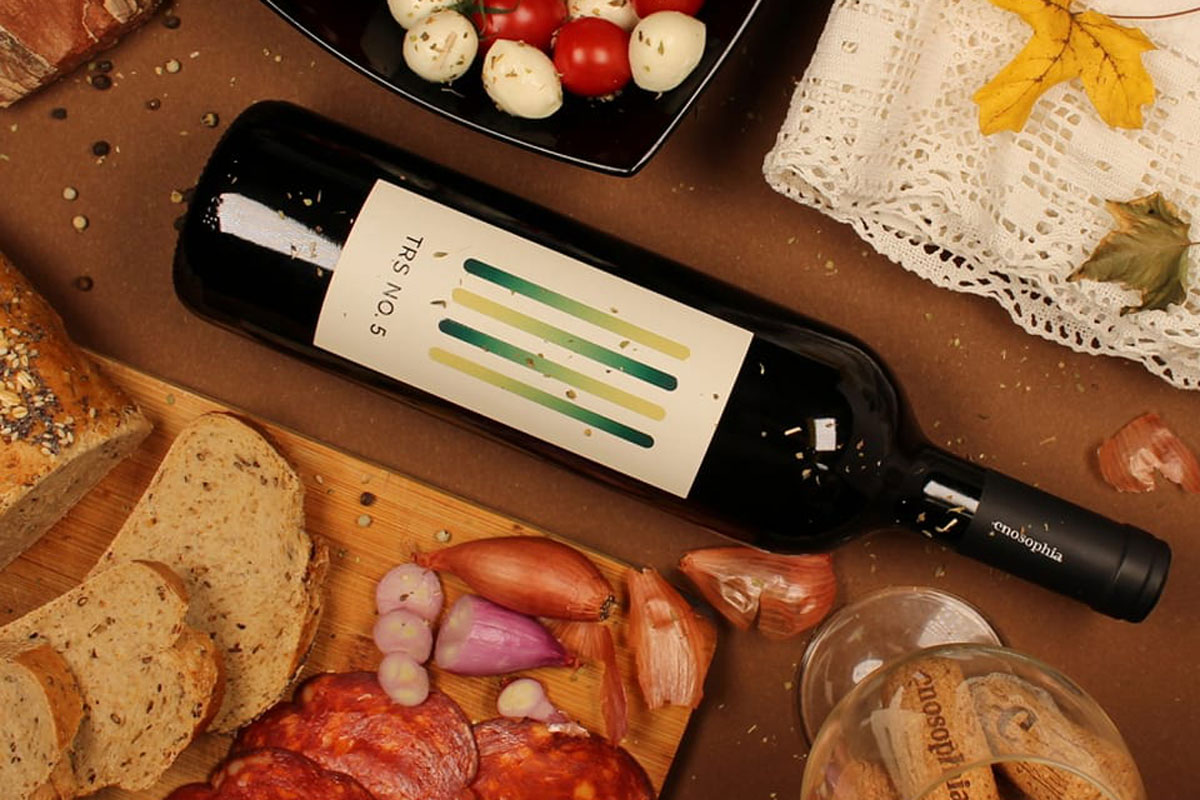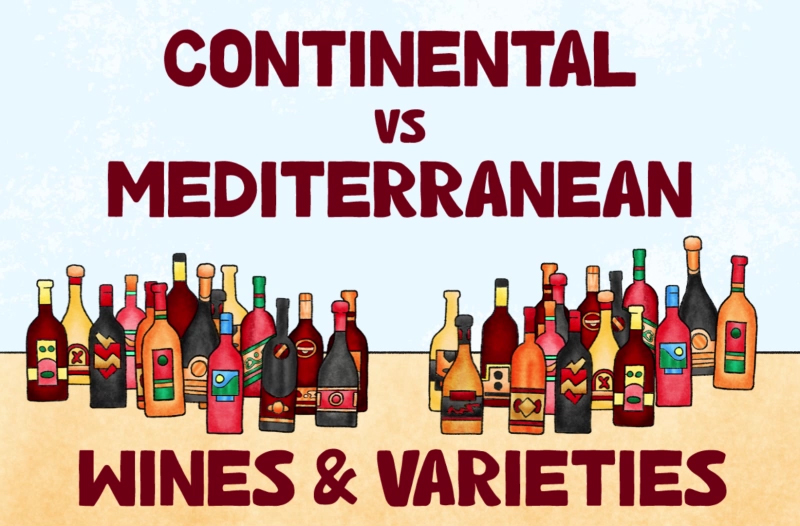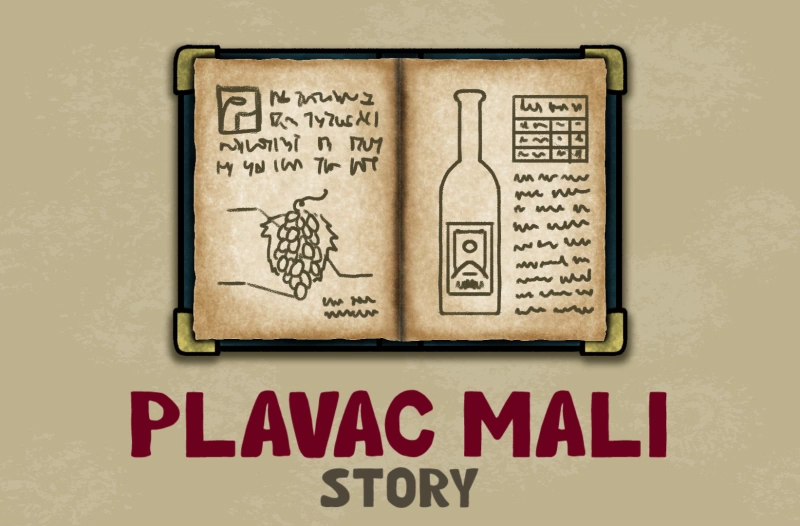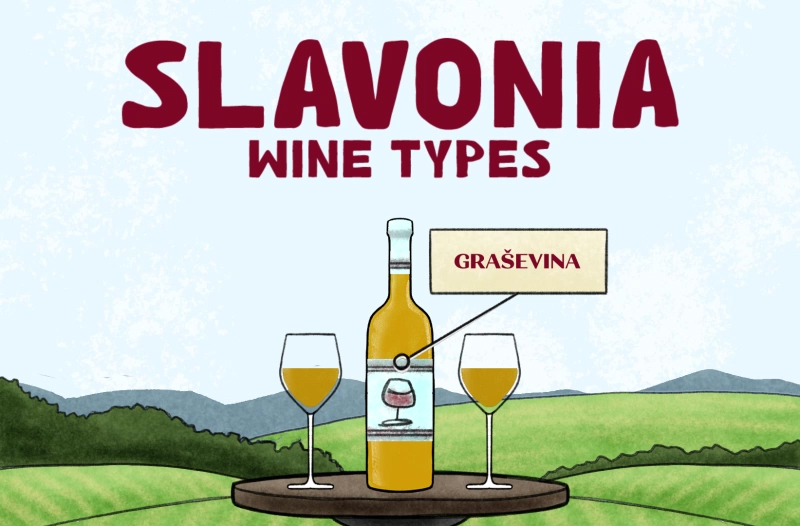What to really drink in Croatia
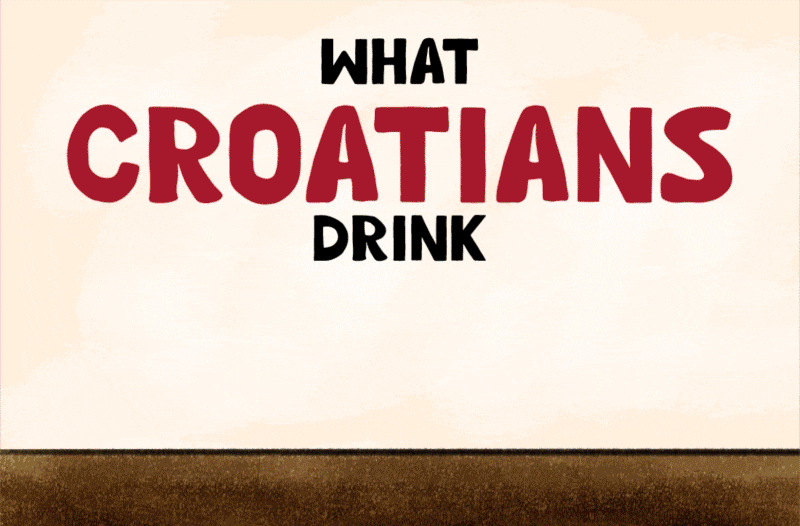
As we delve into the world of Croatian wines, we embark on a journey that unveils not only a resurgence but also an enduring tale of wine’s historical significance, interwoven into the fabric of Croatian society and revered throughout Europe.
One variety holds its significance above all others, finding its perfect home on Slavonian planes where it is today autochthonous. Even more, it is now officially the first name for the variety, noted so in The World Atlas of Wine. Other synonyms are welschriesling, olaszriesling, laški rizling, riesling italico, and others.
Completely unrelated to Riesling, Graševina is responsible for many of the finest and most awarded Croatian wines. Every fifth bottle of high-quality wine in Croatia is Graševina.
And, unlike many other Croatian wines, Graševina could be found at very competitive prices.
What are Croatians drinking?
An outsider might think all we drink is rakija, but this is completely untrue.
For centuries, Croatians have revelled in the art of winemaking, paying homage to the bountiful vineyards that adorn the landscapes. Wine, a cherished companion in everyday life, has long been intertwined with social gatherings, festive celebrations, and heartfelt toasts.
However, as the 20th century unfurled its tumultuous chapters, wine’s prominence faded, overshadowed by other popular choices. It is only in the last two decades that Croatia’s wine scene has reemerged, a phoenix rising from the ashes, as visionary winemakers rekindle the nation’s viticultural heritage with a newfound dedication to quality.
Amidst this renaissance, this one wine variety has risen above the rest, capturing the hearts and palates of Croatians and wine enthusiasts alike. Graševina, Croatia’s most planted and illustrious wine grape, has become the emblematic star of the country’s vinicultural reawakening. This noble white grape, known for its juiciness, aromatic allure, and impressive adaptability to various microclimates, is a testament to Croatia’s winemaking prowess.
So, with the wine exports being quite low and more than 30% of vineyards being planted with noble Graševina, what might be the answer to What are Croatians drinking?
Yes, Graševina is excepted and welcomed everywhere! If necessary, we could think of several reasons why that is the case:
- Ideal analytical parameters for making balanced white wine
- Versatility in terms of excellent food-pairing with numerous dishes
- Terroir expression because Graševina’s ability to reflect the characteristics of its terroir.
- Adaptability in terms of various styles Graševina can be made, dry to off-dry, or even sweet, still or sparkling
- Ageing potential because although most Graševina wines are enjoyed young, many could benefit from ageing, showing a more complex and developed profile
Because of these characteristics, Graševina is by far the most popular Croatian wine, and one of the most popular Croatian drink.
How to Drink Like a Croatian?
First, you might notice how drinking in Croatia is universally accepted and also stimulated through culture. You might think there are drunkards on every corner. On the contrary, drunkenness is rarely seen in public. In fact, if you see a drunken person in public, there is a great chance it’s a foreign tourist who had “too much of a good stuff”.
Having a drink is a common social moment in Croatia, not a means of getting drunk. There is an expression literally says,
- “If you can’t handle your liquor, don’t drink”.
What it actually means is,
- “Learn how to enjoy your drink/s, without getting drunk”
So, regardless of your choice of drinks, drinking is socialising, not drooling in alcoholic intoxication. If you’re inexperienced in the everyday consumption of drinks that contain certain amounts of alcohol, or if you’re used to getting blasted every time you consume drinks, best to:
- avoid alcoholic drinks altogether,
- increase water intake, at least 1:2 with beers, 1:1 with wine, and 3:1 with spirits
- simply stop yourself way before you start feeling intoxicated
Drinking spirits excessively are related to alcoholism, while wine consumption might feel pretentious to some, unfortunately. Yet, as previously explained, wine is truly a part of the drinking culture in Croatia, while rakija is mostly served on special occasions or for special purposes, as it is considered a medicine, in small quantities, of course.
Hence, you can’t really drink rakija the whole evening and stay sober. Wine, on the other hand, is traditionally and biologically much more suitable for social enjoyment. And it doesn’t need to be pretentious and pricey at all.
In fact, several Croatian wines are priced as value for money and additionally showcase varietal typicity.
Excellent example is Enosophia Trs No5 – The label’s name is inspired by every fifth quality bottle of wine in Croatia being Graševina.
- Graševina grapes are picked at the ideal ripeness level. Must sedimentation follows, with temperature-controlled fermentation at 16°C and after malolactic fermentation, the wine spends 4 months stirring on fine yeast.
- The result is a balanced and elegant but juicy and vibrant wine, with Graševina showcasing its typical aromatic fruit flavour profile – apples and citrus with floral notes and a hint of nuttiness.
- Trs No5 is one of the finest examples of young, refreshing Graševina, but with a structure that can be paired with various dishes from salads, cold cuts and light appetisers to seafood, poultry, pasta and risottos.
Since it is very seductive, be warned to enjoy it responsibly 😉
What Wine do Croatians drink?
Statistically, Croatians prefer white wine over red. The most preferred type of wine is dry Graševina, and the most popular style is – young and refreshing!
Without any doubt, Graševina’s popularity can be attributed to its refreshing and vibrant character, making it a delightful choice for various occasions.
However, there are many other varieties capable of producing easy-drinking and refreshing white wines. Why is Graševina so popular?
Croatians do particularly enjoy the young and refreshing style of Graševina, which showcases its crispness, lively acidity, and aromatic profile, but Graševina also provides structure, making it the most rewarding option in food-pairing.
Traditionally, a meal in Slavonia starts with cold cuts, starting domestic sausages, and a delicacy known as Kulen. Kulen is a premium pork sausage from Slavonia, Croatia, renowned for its spicy flavour derived from the generous use of paprika, along with garlic and black pepper, and is traditionally fermented and dried to develop its distinctive taste and firm texture.
The traditional main courses could be a grilled trout, catfish “perkelt” or fish paprikas, or Barun Trenk veal steak stuffed with Slavonian ham, boiled eggs and ajvar and seasoned with red onion and mushroom sauce.
Every dish mentioned is traditionally paired with – Graševina!
And it somehow works. For example, Enosophia Trs No5 pairs excellently with lighter salads or similar appetisers, like seafood such as clams or shrimp. Bright aromatics of refreshing Graševina go along with this seafood, yet Graševina won’t overpower the flavours but rather enhance every bite.
The same wine could be paired with pasta and risotto dishes with creamy or red sauce. Graševina has the ideal structure to follow an even richer and high-carb meal. Graševina No5 carry the bite with ease into a refreshing and elevating experience.
Roasted poultry is no exception. On the contrary, it is top of mind when Graševina is in question. Poultry is mostly white meat but with richer expression due to spices and roasting, which complement Graševina ideally, even with high-carb side dishes like potatoes, pasta or grinders.
Surprisingly, even young and refreshing Graševina pairs ideally with a hearty and spicy dish such as fish paprikas, or even veal, or pork steak. For example, despite being seemingly easy and light enough in the body not to overpower delicate dishes, it can counter the fat and spiciness in richer dishes. Its structure provides enough of the right type of acidity to balance such a dish.
Simply forget about anything else. This preference for white wines, with dry Graševina at the forefront, reflects the evolving drinking culture in Croatia most accurately!
Conclusion
While national spirits like rakija have long held a cherished place in the hearts of Croatians, it is the harmonious marriage of beer and wine that truly epitomises the country’s love for libations.
In recent years, however, a remarkable shift has occurred, as wine, the elixir once intrinsic to Croatian culture, is experiencing a renaissance fueled by a new wave of passionate winemakers dedicated to crafting exceptional vintages.
As you uncork the secrets of Graševina and delve into the enchanting world of Croatian wine, we invite you to raise your glass and savour the flavours that intertwine with a nation’s spirit.
Živjeliiiiiiiiiiiii!



